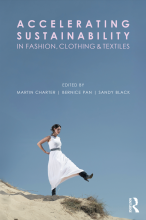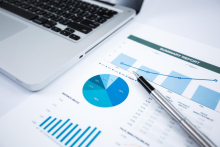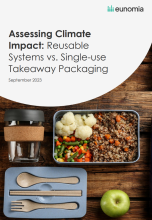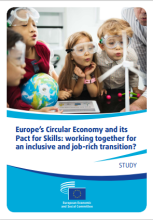Impact scan for timber construction in Europe
Knowledge
In this section you will find knowledge such as studies, reports, presentations and position papers….. all submitted by stakeholders.
To propose your own contribution, fill in our online specific form.
Displaying 31 - 40 of 535










